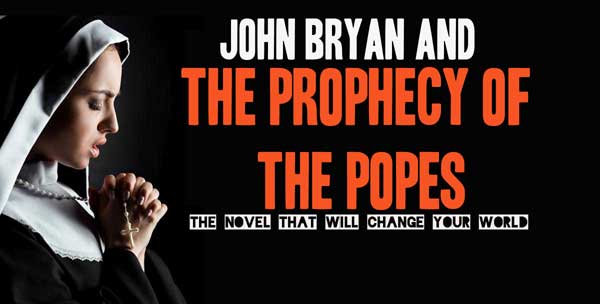So, you want to be a property developer!
This can be a great way to make money, if you know what you are doing. The property development process can be a long and complex one, from finding a site and selecting the builder to financing the deal and building and selling. Property development can lead to significant profits but it can also lead to significant losses so the more you have planned and thought about your project, the more likely you are to succeed. Remember the old saying, “A failure to plan is just a plan to fail”.
This “Property Development 101” series won’t be able to teach you everything there is to know about property development. However, if you read each instalment, you will learn about the fundamentals of property development and it will make you aware of what questions you need to ask so that you can make educated and informed decisions.
In this “Property Development 101 series”, I will be outlining the major steps involved in property development. These include:
Setting your goals
Research
How to find development sites
Choosing the best site
Drawings
Feasibility studies
Working with council
Selecting a builder
Finance
Project management
Real estate agent/property manager
Tax
In the first instalment I outlined some strategies in relation to goal setting and research.
In the second instalment I detailed some methods on searching for development sites and then some considerations when selecting the best site to develop.
This month, I provide an insight into the design and drawings for a development.
Design and Drawings
Once you have found a suitable site, you will need to get some plans drawn up. These can be done by a draftsperson or an architect.
You might like to use an architect to design your dream home but when it comes to investment property, you may prefer to use a building designer as they are generally cheaper. Ensure that you tell the draftsperson or architect that the properties being designed are for selling/renting purposes and the design needs need to be uncomplicated and therefore economical to build.
It is critical that the dwellings are designed appropriately. It is fine to be creative and include expensive features such as swimming pools, theatre rooms and a cellar when designing your own home but when it comes to building properties for sale or to rent, you need to ensure that you don’t overcapitalise. Only include features that the buyer or renter will be prepared to pay for.
Don’t try and squeeze too many dwellings on the site. If the choice is between six, small two-bedroom townhouses or 5 townhouses, some with 3 bedrooms and some with 2 bedrooms, I would select the 5 dwelling option. This is because it provides choices and minimises risk. Unless your research shows that your target market is only interested in small 2 bedroom townhouses, I would provide a mixture of 2 and 3 bedroom dwellings. Your development will appeal to a broader market and will probably sell more quickly and easily, thus keeping your holding costs down and helping you sleep better at night.
Find out what the ideal sized building is. What does this mean? Consider the following scenario:
130 sqm townhouses – $375,000
140 sqm town houses – $390,000
150 sqm townhouses – $400,000
180 sqm townhouses – $405,000
200 sqm townhouses – $410,000
If 150 sqm townhouses sell for $400,000, why would you build larger townhouses for just an extra $5,000 or $10,000? The market might prefer smaller townhouses and is not prepared to pay much more than $400,000, regardless of how large or spectacular the design.
So, how do you know what makes a good design? How do you know what the ideal size is for your properties? It’s all about research.
Find out what other developers have designed and constructed in the areas you are interested in by attending home opens or searching property data providers. Find the floor plans and search for features that they have included. Is an ensuite essential? If the property is two storeys, is there at least one bedroom and one bathroom on the ground floor? Has ducted air-conditioning been included or is a split system sufficient? Is a double garage critical?
Be careful! Just because a developer has built a spectacular town house that includes 4 bedrooms, 3 bathrooms, granite bench tops and Italian tiles, it does not mean it was a profitable development. To get an idea how much profit (if any) was made, find out how much they paid for the land, calculate building costs, subdivision and holding costs and then determine what the properties sold for. Just because you spent a lot of money building, doesn’t mean purchasers will pay you a lot of money to buy it.
If you’re not sure how to calculate these costs, be sure to read my next instalment when I discuss feasibility studies.
Written by Peter Koulizos – lecturer and author – www.thepropertyprofessor.com.au

